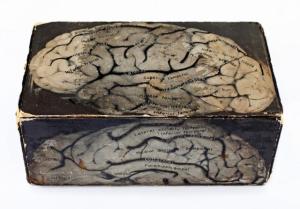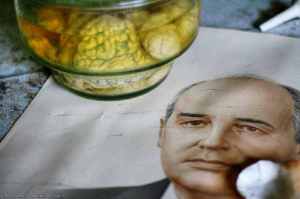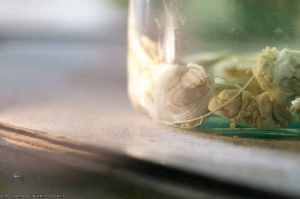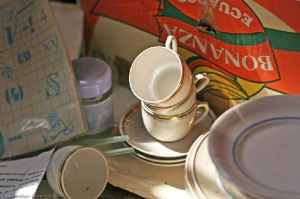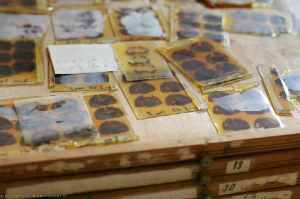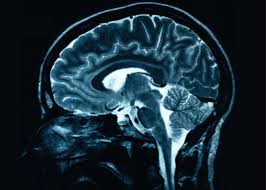I visited London’s Wellcome Collection for the first time a couple of months ago, and I think it’s already one of my favourite museums. It’s a wonderful conglomeration of two things I love: science and art. It’s a strange and eye-opening place, not too big, but perfectly contained.
Henry Wellcome, innovative pharmacist and businessman, was also a very keen (and rather obsessive) collector of all things medically-related. The collection housed in the museum is a cornucopia of historical artefacts, implements, paintings, photographs and sketches and all number of delightful curiosities. Here you’ll find shrunken heads, chastity belts, paintings of individuals with deformity and Chinese medicine dolls. I found it utterly fascinating.
Often seen as opposites, the second main exhibition is a collaboration between the worlds of science and art. It houses a collections of pieces of art inspired by science, and science at its most artistic. Exhibits offer artistic interpretations on topics such as malaria, obesity and the genome project, and items such as a large glass sculpture of a virus, show the natural world in its beautiful intricacy.
With this in mind, I’m very excited that the upcoming exhibition is on one of my favourite topics, Brains! The Wellcome say ‘Our major new free exhibition seeks to explore what humans have done to brains in the name of medical intervention, scientific enquiry, cultural meaning and technological change. Featuring over 150 artefacts including real brains, artworks, manuscripts, artefacts, videos and photography, ‘Brains’ follows the long quest to manipulate and decipher the most unique and mysterious of human organs, whose secrets continue to confound and inspire.’
I shall be all over this. I expect there will be some items like kits for trepanning, old fashioned brain-maps and a few obligatory brains-in-jars. Quite excited. It’s on from the 29th March – 17th June, I shall report back when I’ve actually gone. In the meantime, they have this nifty game on the website where you can grow your own neuron cell (and compete against a mean rival neuron who keeps getting in your way). It’s pretty distracting.

